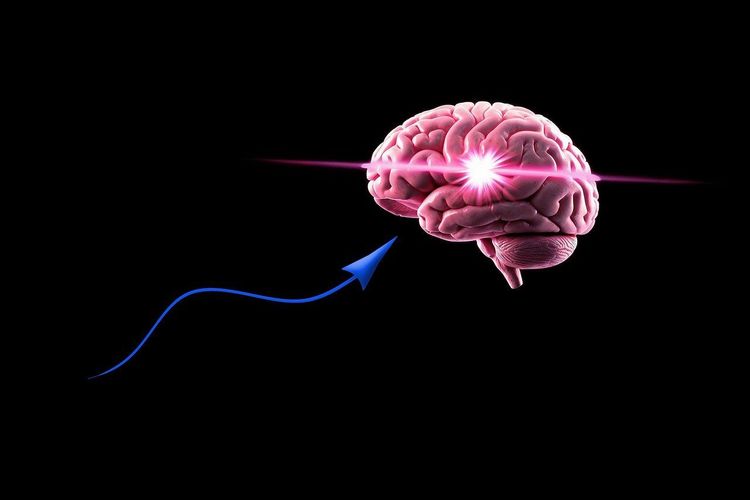Intel has unveiled Hala Point, the world's largest neuromorphic computer system designed to replicate the intricate workings of the human brain. Positioned at Sandia National Laboratories in Albuquerque, New Mexico, Hala Point aims to provide researchers with a powerful platform to develop next-generation artificial intelligence (AI) models.
This groundbreaking system is built around 1,152 Loihi 2 processors, which collectively support a staggering 1.15 billion neurons and 128 billion synapses across 140,544 dedicated neuromorphic processing cores. With the capacity to perform an astounding 20 quadrillion operations per second (20 petaops), Hala Point boasts performance levels that are up to 12 times higher than Intel’s previous neuromorphic system, Pohoiki Springs. Remarkably, it achieves this level of processing power while consuming 100 times less energy and delivering performance that is 50 times quicker than traditional CPU and GPU systems.
Intel believes that Hala Point represents a significant leap forward for real-time continuous learning in AI applications, impacting areas such as AI agents, large language models, and smart city infrastructure management. Mike Davies, who directs the Neuromorphic Computing Lab at Intel Labs, noted the industry's urgent need for innovative approaches to address the rapidly escalating costs of current AI models. "The computing cost of today’s AI models is rising at unsustainable rates," he explained. "The industry needs fundamentally new approaches capable of scaling. For that reason, we developed Hala Point, which combines deep learning efficiency with novel brain-inspired learning and optimization capabilities."
The hope is that research utilizing Hala Point will enhance both the efficiency and adaptability of large-scale AI technology. It is important to note that Hala Point is a research prototype and not available for commercial purchase. However, Intel envisions this system as a foundation for future innovations, aiming to alleviate the computational pressures associated with the evolving demands of AI.
Neuromorphic computing, a burgeoning field, seeks to create systems that mimic the brain's neural plasticity—the capacity to adapt and modify behavior based on experiences. Unlike traditional computing models that rely on binary code, neuromorphic systems utilize networks of artificial neurons and synapses for information processing. This paradigm shift suggests that by imitating the way the human brain learns from prior knowledge and experiences, these systems can achieve greater efficiencies in data processing.
In a broader context, Google's DeepMind is exploring NeuroAI, an approach that emphasizes teaching AI to learn tasks based on memory recall rather than relying solely on incremental data training. Additionally, other players in the neuromorphic space include IBM, which has developed NorthPole semiconductors that process information in brain-like ways on a single chip.
Intel's neuromorphic computer system is poised to enhance deep learning applications across various domains, including video processing, speech recognition, and wireless communications. The evolution of this technology marks a significant step towards more efficient and energy-conscious computing in the future.







